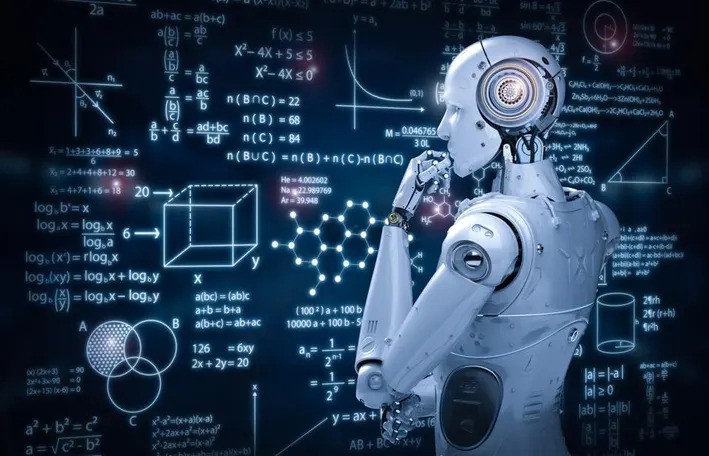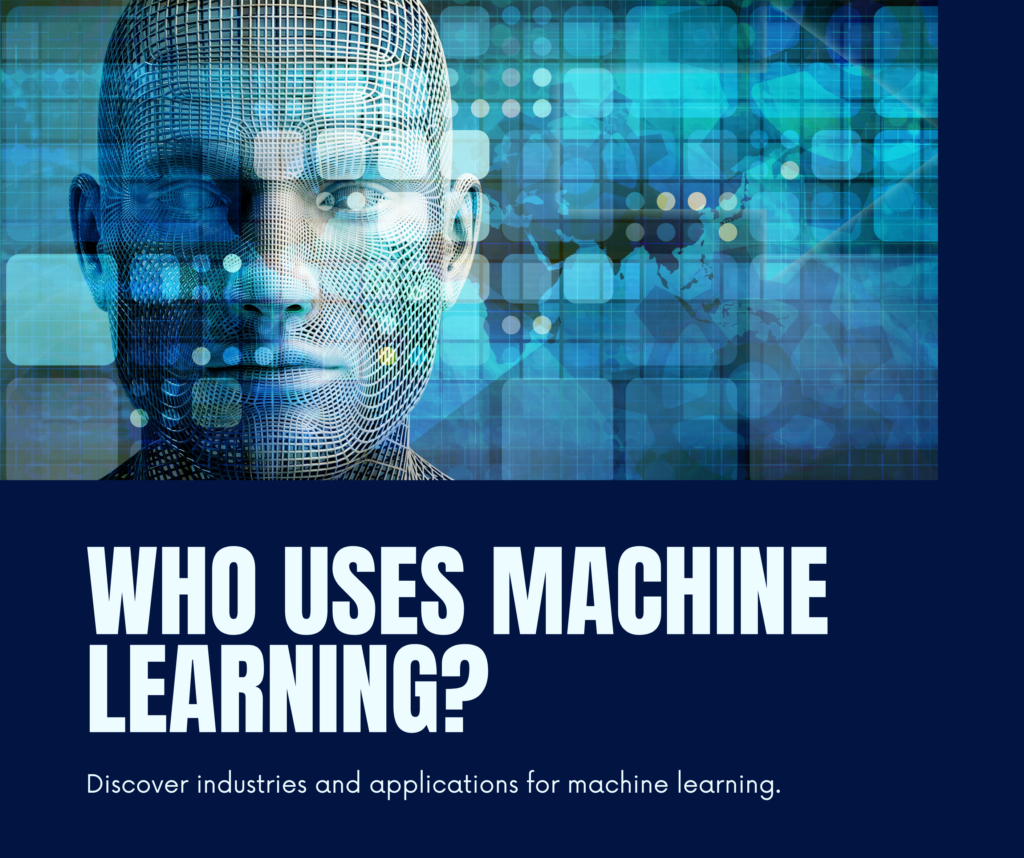Who uses machine learning including search engines on the internet, spam-separating email filters, recommendation engines on websites, transaction detection software in banks, and a plethora of phone apps, including speech recognition.
Unveiling the Players: Who Exactly Uses Machine Learning and Why?
Machine learning systems are crucial for various applications, including speech recognition and facial identification.
OpenAI’s GPT-3, trained in English articles, can write like a human.
Nvidia’s Deep Learning system trains robots to learn from humans, with their growth expected in the future.
Who uses machine learning what is it?

A computer technology called machine learning utilizes enormous volumes of data to make precise future predictions. It can recognize pedestrians, distinguish between apples and bananas in pictures, and even detect if an email is spam.
Machine learning models, in contrast to traditional software, are trained on large amounts of data, most frequently from images that have been identified as containing an item. Large amounts of data are necessary for accurate prediction-making and effective machine-learning applications, and they are the key to allowing machine learning.
Who uses machine learning Why is so successful?
Machine learning has gained significant attention for its ability to train systems in various domains, including computer vision and voice and language recognition. The success of machine learning is attributed to the vast amount of data available and the ability of current GPUs to analyze data in parallel. These GPUs can be combined to create powerful machine-learning systems that can be trained using cloud services from companies like Microsoft, Google, and Amazon.
What distinguishes machine learning from artificial intelligence?
- Though it has been incredibly successful recently, machine learning is only one way to achieve artificial intelligence.
- When artificial intelligence (AI) first emerged in the 1950s, it was described as any computer that could carry out a task that ordinarily required human intellect.
- Planning, learning, reasoning, problem solving, knowledge representation, vision, motion, and manipulation, as well as, to a lesser degree, social intelligence, and creativity, are characteristics that AI systems will typically exhibit, at least in part.
- In addition to machine learning, other methods are also employed in the development of AI systems, such as expert systems and evolutionary computation, in which algorithms are subjected to arbitrary mutations and combinations across generations to “evolve” ideal answers. are designed with guidelines that enable them to emulate the actions of a human specialist in a particular field, like an autopilot system operating an aircraft.
What is the process of supervised machine learning?
- The first step in the entire process is to train a machine-learning model, which is essentially a mathematical function that can keep changing its behavior until it can predict the future with accuracy given new data.
- Before starting training, you must select which data to collect and which data attributes are crucial.
- This Google explanation provides an incredibly simplistic illustration of what data characteristics are. It shows how a machine-learning model is taught to distinguish between wine and beer based on two parameters: the alcohol content (ABV) and the color of the beverages.
What is the process of supervised machine-learning training?
In essence, the machine-learning model is trained by automatically fine-tuning its operations until it is capable of producing precise predictions based on data. For instance, in the Google example, the model properly classifies a drink as wine or beer based on its color and alcohol content.
An effective method for elucidating the training procedure is to examine an instance utilizing a basic machine learning model called linear regression with gradient descent. Based on the outside temperature, the model is utilized in the following example to predict how many ice creams will be sold.
Consider constructing a scatter graph, or essentially a scattering of discrete dots, by graphing historical data on ice cream sales and outside temperature against each other.
How are machine-learning models assessed?
Using the remaining data, the model is assessed post-training to determine how well it performs in practical situations. 20% of the dataset is utilized for parameter tweaking and fine-tuning, while the remaining 60% is used for training. The model’s output is modified via regularization processes, which concentrate less on training data.
How can I begin using machine learning?
There are more and more tools available that let developers educate themselves about machine learning. Examples include Google’s AIY kits for Raspberry Pi and AWS’ DeepLens camera, which is equipped with deep learning capabilities.
Conclusion
Who uses machine learning uses vast data to make accurate predictions, identify patterns in data, and categorize it into groups. It differs from artificial intelligence (AI), which uses human intelligence for operations. Unsupervised learning, on the other hand, focuses on identifying patterns in data, fine-tuning models like Nvidia’s Deep Learning, and linear regression with gradient descent.
FAQ(s)
Who uses machine learning?
It is most commonly employed in automation, with enormous numbers of data records, or when there are too many data inputs for people to handle adequately.
Who uses artificial intelligence (AI)?
Because machine learning is more exact than manual interventions, many apps and businesses employ it for their daily operations. Netflix, Facebook, Google Maps, Gmail, and Google Search are some of these businesses.


